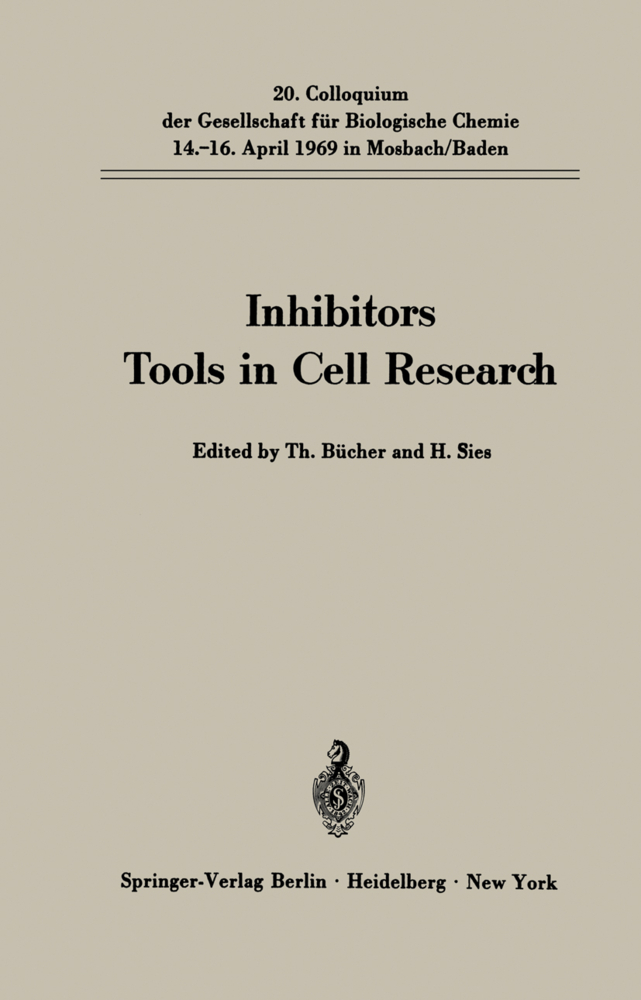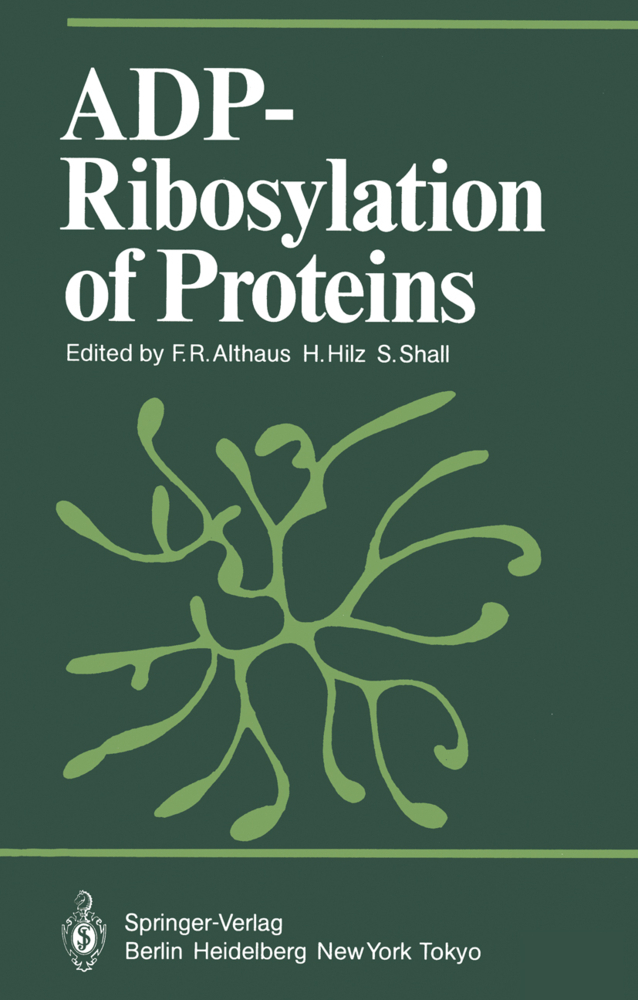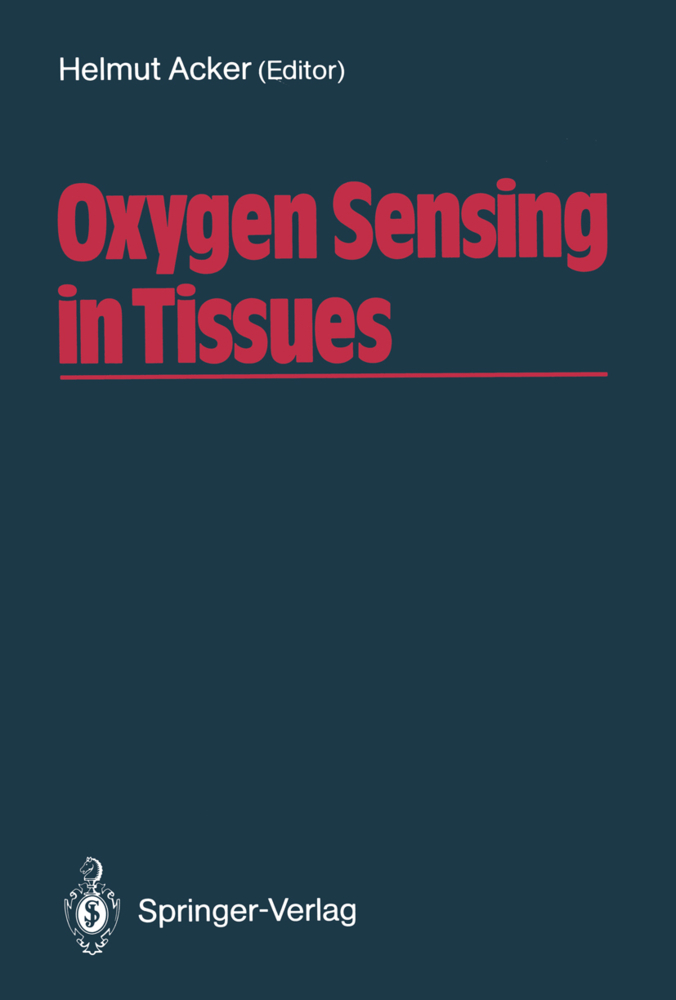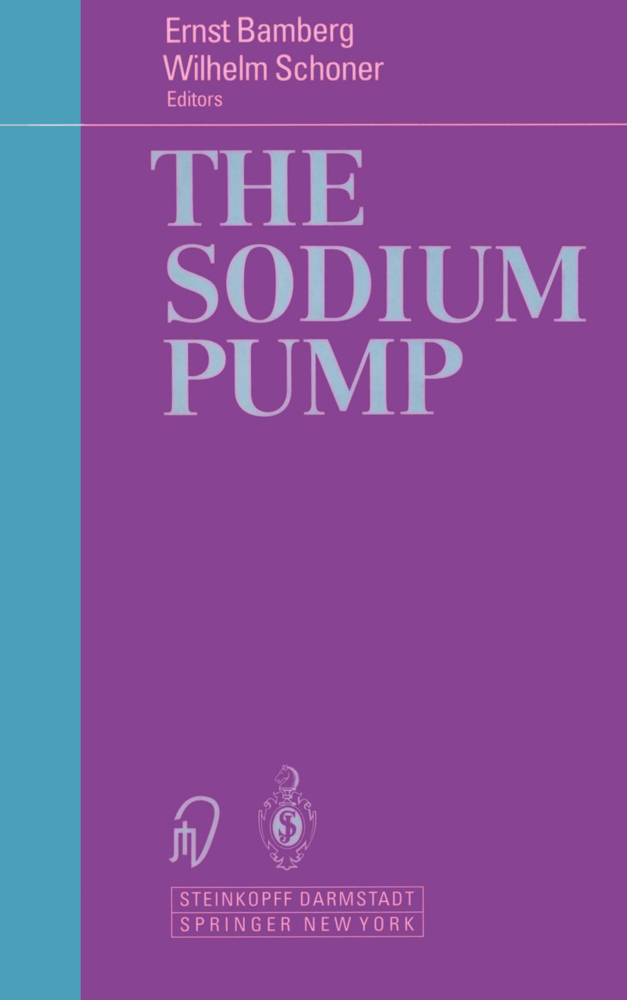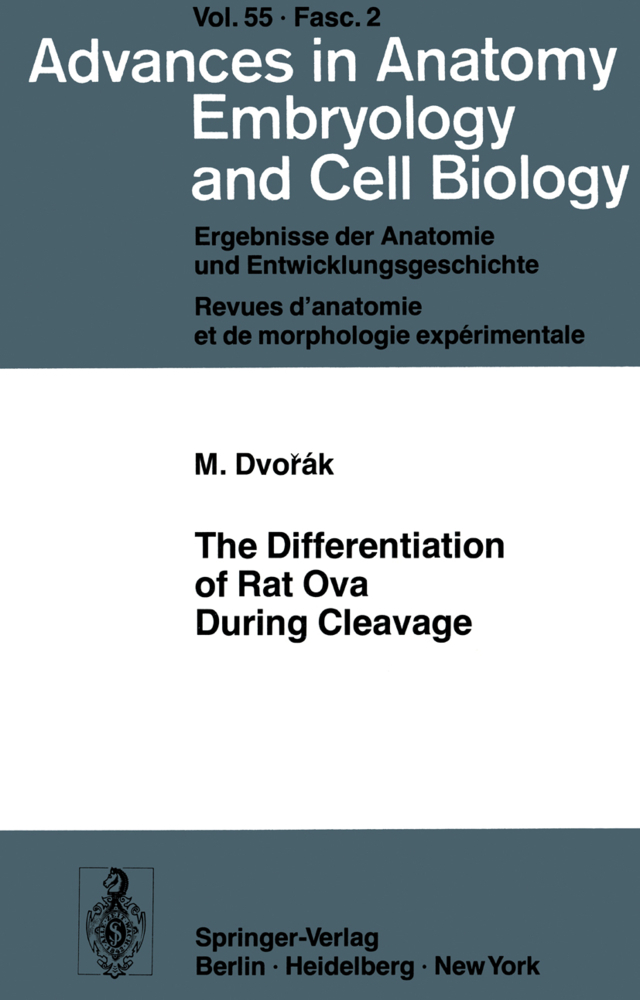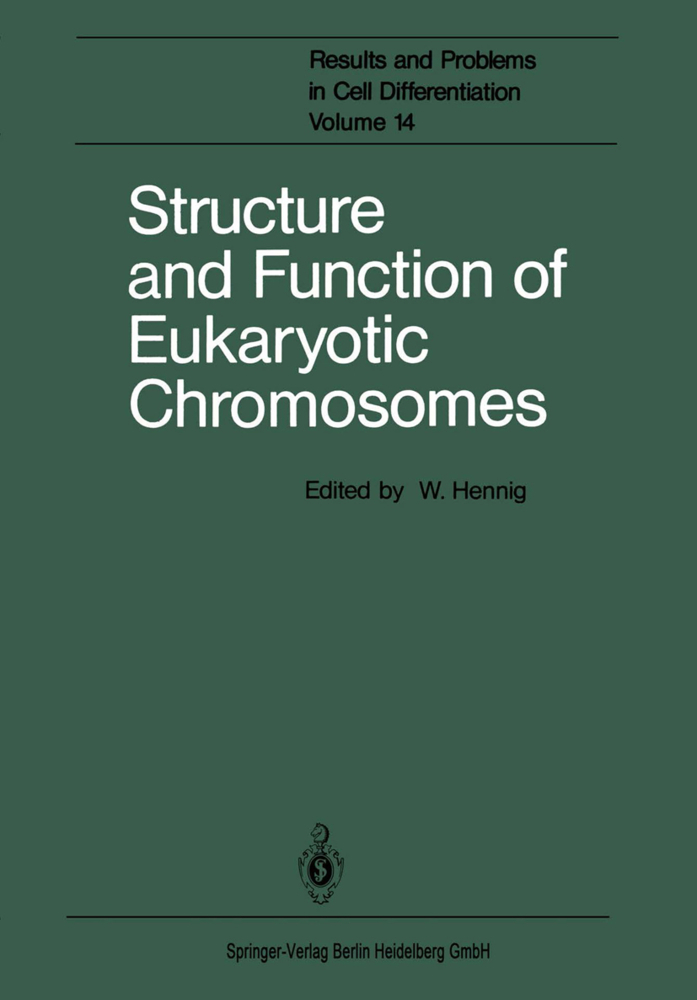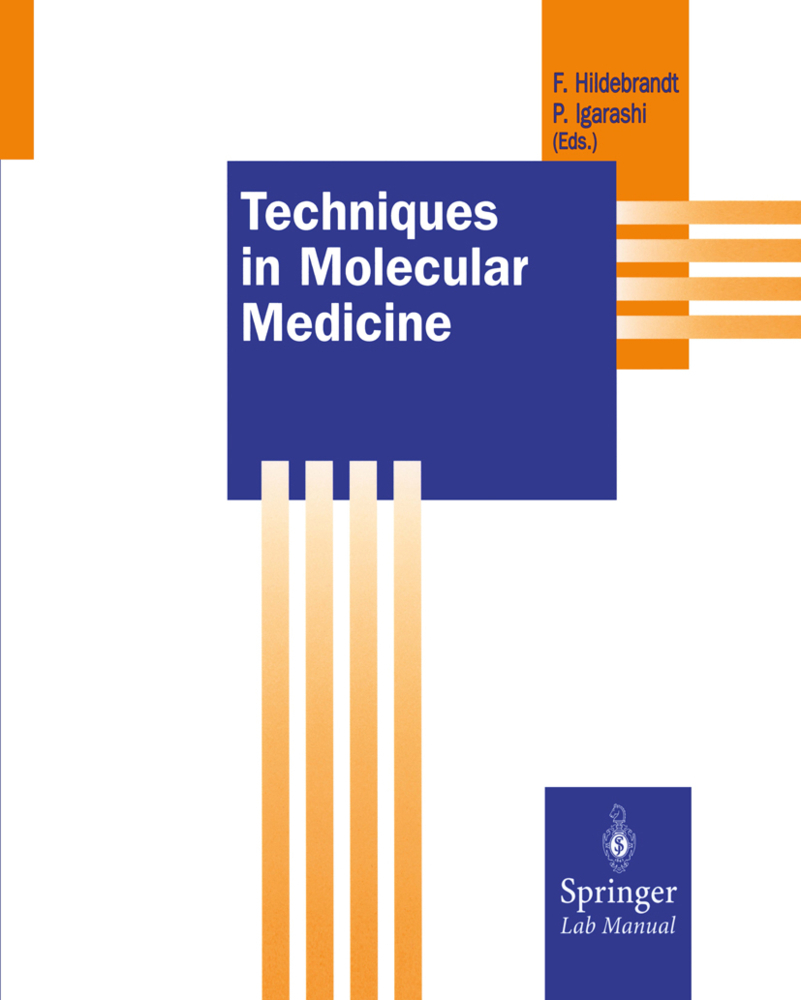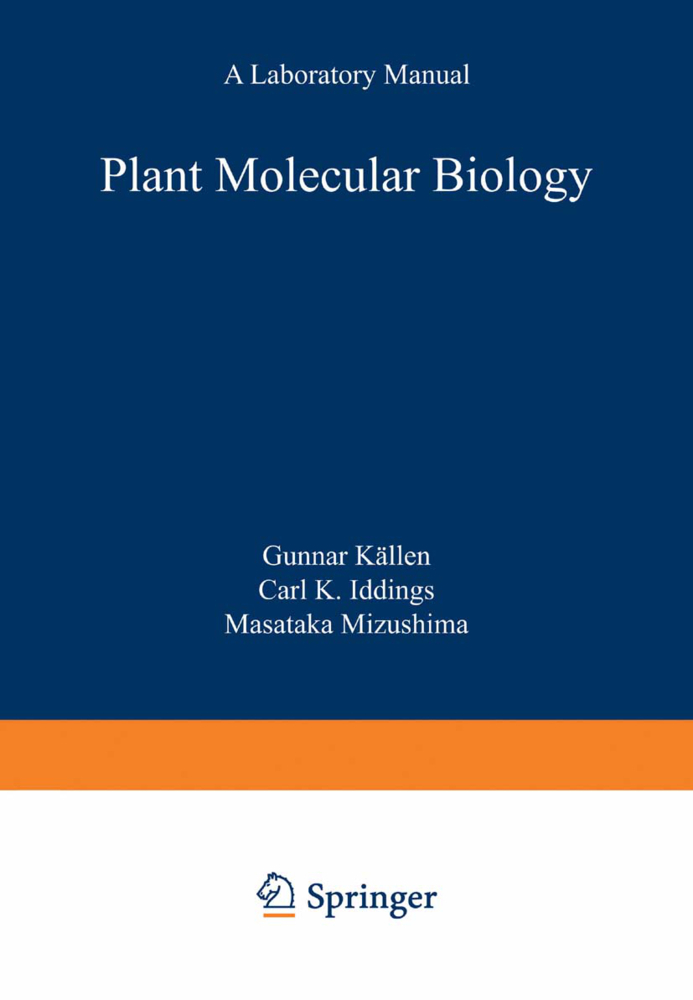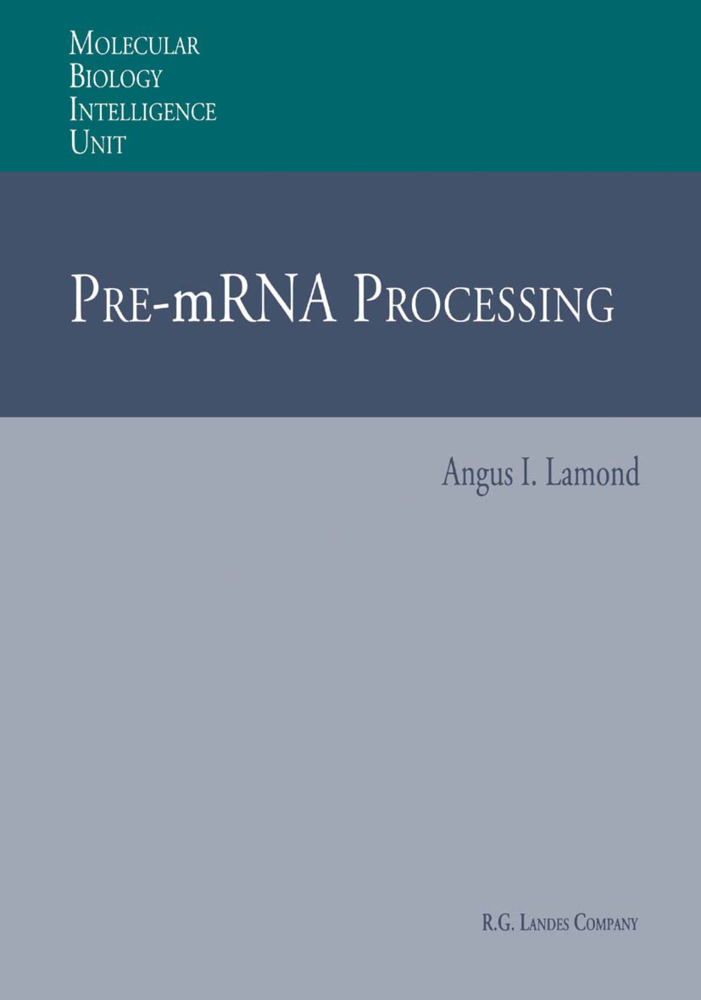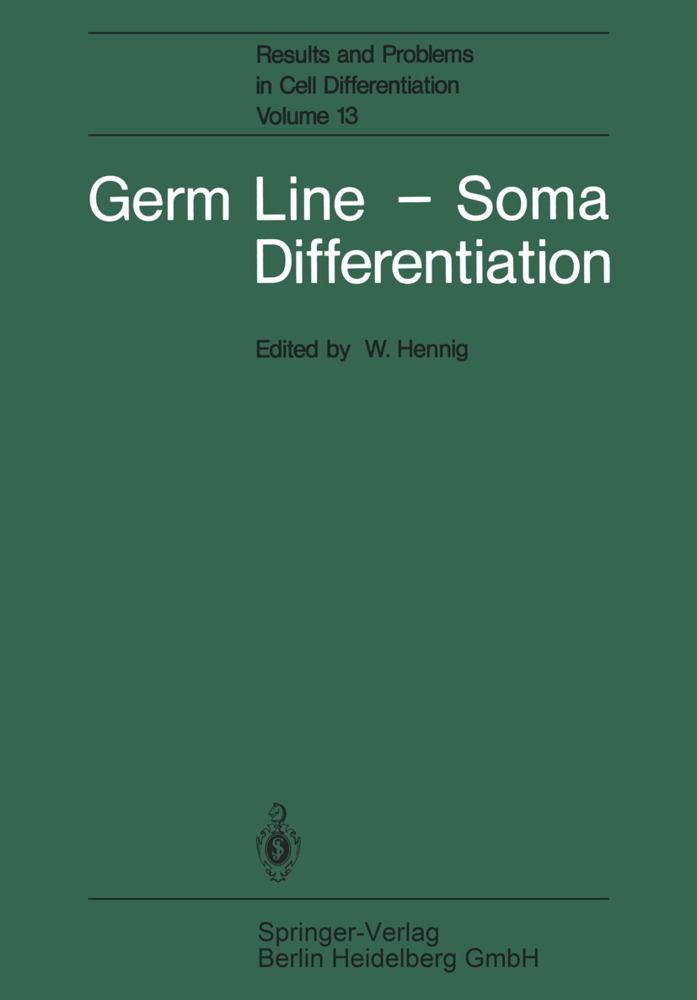Inhibitors Tools in Cell Research
20. Colloquium am 14.-16. April 1969
Inhibitors Tools in Cell Research
20. Colloquium am 14.-16. April 1969
The scope of the 20th Mosbach Colloquium may be best illustrated by the following notes sent to the speakers when the colloquium was organized. "1) The application of inhibitors in cell biology has led to decisive insight into the organisation of cellular units. The subject should be treated against a background of current aspects of cell biology. In some areas of research, a fairly complete picture of the functions and cooperative interactions of the units has already emerged. We will discuss mainly these areas. 2) At this colloquium we want to contribute illustrations of the useful application of inhibitors to biological problems. Due to limited knowledge, inhibitors are sometimes incorrectly employed. This applies both to the planning of investigations and to the con· clusions drawn ("use of inhibitors by uninhibited workers"). 3) Inhibitors themselves are interesting substances and their mechanisms of action constitute fascinating problems." The colloquium has been subdivided into five sections. The known chemical structures of the inhibitors discussed are given in an Appendix. We gratefully appreciate the cooperation of the speakers. To a great extent, they managed the coordination of contributions to each of the five subdivisions. We regret that no contributors from Eastern Europe were able to participate.
Inhibitors Acting on DNA and their Use to Study DNA Replication and Repair
Structure and Function of DNA-dependent RNA-Polymerase
Inhibitors of the RNA Polymerase Reaction
Interaction of RNA Polymerase with Rifamycin
Effects of some RNA Polymerase Inhibitors on Binding and Chain Initiation
Zur molekularen Wirkungsweise einiger matrizeninaktivierender Antibiotika
II. Protein Synthesis
Localization of Streptomycin-Resistance in the 30 s Ribosome of E. coli. Mode of Action of Cycloheximide
Inhibitors as Tools in Elucidating Ribosomal Function
Inhibitors as Tools in Elucidating Hormone Action
Effects of Cortisol and Actinomycin D on RNA Polymerase Activity of Rat Liver Nuclei: Importance of Sequence of Administration
III. Supramolecular Structures
Incorporation of Amino Acids into Mitochondrial Membrane Proteins
Puromycin Sensitivity of Ribosomal Label after Incorporation of 14C-Amino-Acids into Isolated Mitochondria from Neurospora crassa
On the Effects of Antibiotics and Intercalating Dyes on Mitochondrial Biosynthesis
Morphogenetic Processes in Acetabularia
Penicillin-Sensitive Enzymatic Reactions in Bacterial Cell Wall Synthesis
In Vivo Action of Penicillin on Cell Walls of Proteus Mirabilis
Inhibition of Bacterial Peptidoglycan Synthesis by Bacitracin
IV. Respiratory Chain
Mechanisms and Inhibitors Acting on Electron Transport and Energy Conservation between NADH and the Cytochrome Chain
Fuscin, an Inhibitor of NADH Dehydrogenase
On the Possible Role of Cytochrome B-Type Pigments in Redox Relations between Mitochondria and Endoplasmic Reticulum
Applications of Oligomycin and Related Inhibitors in Bio-energetics
Inhibition of Mitochondrial Oxidative Phosphorylation by Aurovertin
Inhibitors Around the Antimycin-Sensitive Site in the Respiratory Chain
V. Cytoplasmic Compartmentation
The Inhibition of Adenine Nucleotide Translocation by At-ractyloside
Atractyligenin and Structural Analogues
Elucidation of a Carrier Site for Adenine Nucleotide Translocation in Mitochondria with the Help of Atractyloside
Transport and Exchange of Anions in Mitochondria
Possible Action of n-Butylmalonate on Hydrogen Transport in Perfused Liver
Cation Specificity of Inhibitors
Stereochemical Aspects of Macrotetrolide Action and Biosynthesis
Nuclear Magnetic Resonance Studies of Valinomycin, Alame-thicin, and Gramicidin S, and their Interaction with Phospholipids
Site-Specific Inhibitors of Gluconeogenesis
VI. Appendix
Chemical Structures of Inhibitors.
I. DNA-Dependent Processes
DNA-Replication in vivo and in vitroInhibitors Acting on DNA and their Use to Study DNA Replication and Repair
Structure and Function of DNA-dependent RNA-Polymerase
Inhibitors of the RNA Polymerase Reaction
Interaction of RNA Polymerase with Rifamycin
Effects of some RNA Polymerase Inhibitors on Binding and Chain Initiation
Zur molekularen Wirkungsweise einiger matrizeninaktivierender Antibiotika
II. Protein Synthesis
Localization of Streptomycin-Resistance in the 30 s Ribosome of E. coli. Mode of Action of Cycloheximide
Inhibitors as Tools in Elucidating Ribosomal Function
Inhibitors as Tools in Elucidating Hormone Action
Effects of Cortisol and Actinomycin D on RNA Polymerase Activity of Rat Liver Nuclei: Importance of Sequence of Administration
III. Supramolecular Structures
Incorporation of Amino Acids into Mitochondrial Membrane Proteins
Puromycin Sensitivity of Ribosomal Label after Incorporation of 14C-Amino-Acids into Isolated Mitochondria from Neurospora crassa
On the Effects of Antibiotics and Intercalating Dyes on Mitochondrial Biosynthesis
Morphogenetic Processes in Acetabularia
Penicillin-Sensitive Enzymatic Reactions in Bacterial Cell Wall Synthesis
In Vivo Action of Penicillin on Cell Walls of Proteus Mirabilis
Inhibition of Bacterial Peptidoglycan Synthesis by Bacitracin
IV. Respiratory Chain
Mechanisms and Inhibitors Acting on Electron Transport and Energy Conservation between NADH and the Cytochrome Chain
Fuscin, an Inhibitor of NADH Dehydrogenase
On the Possible Role of Cytochrome B-Type Pigments in Redox Relations between Mitochondria and Endoplasmic Reticulum
Applications of Oligomycin and Related Inhibitors in Bio-energetics
Inhibition of Mitochondrial Oxidative Phosphorylation by Aurovertin
Inhibitors Around the Antimycin-Sensitive Site in the Respiratory Chain
V. Cytoplasmic Compartmentation
The Inhibition of Adenine Nucleotide Translocation by At-ractyloside
Atractyligenin and Structural Analogues
Elucidation of a Carrier Site for Adenine Nucleotide Translocation in Mitochondria with the Help of Atractyloside
Transport and Exchange of Anions in Mitochondria
Possible Action of n-Butylmalonate on Hydrogen Transport in Perfused Liver
Cation Specificity of Inhibitors
Stereochemical Aspects of Macrotetrolide Action and Biosynthesis
Nuclear Magnetic Resonance Studies of Valinomycin, Alame-thicin, and Gramicidin S, and their Interaction with Phospholipids
Site-Specific Inhibitors of Gluconeogenesis
VI. Appendix
Chemical Structures of Inhibitors.
| ISBN | 978-3-540-04441-3 |
|---|---|
| Artikelnummer | 9783540044413 |
| Medientyp | Buch |
| Copyrightjahr | 1969 |
| Verlag | Springer, Berlin |
| Umfang | X, 416 Seiten |
| Abbildungen | X, 416 p. |
| Sprache | Englisch |

